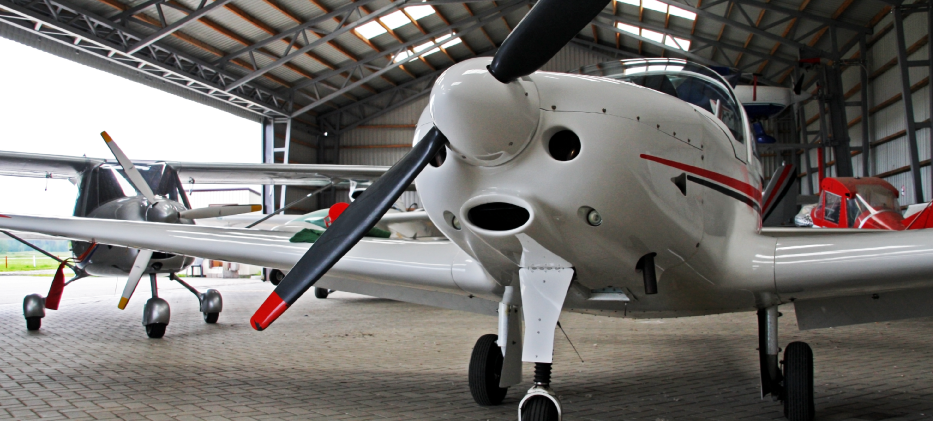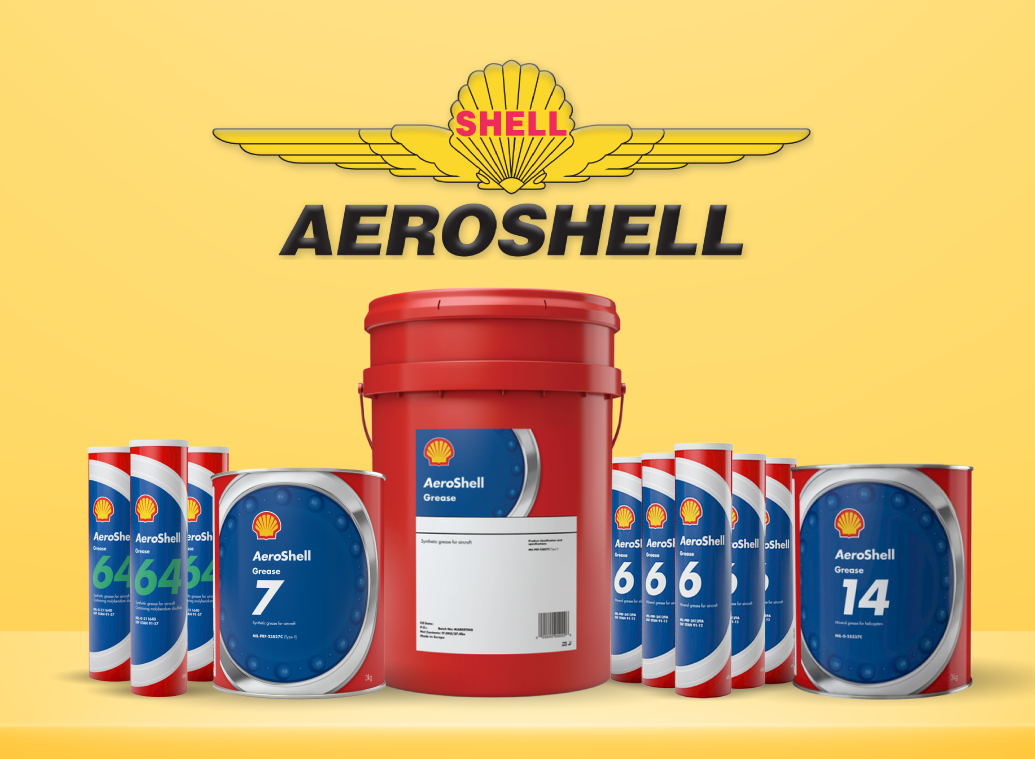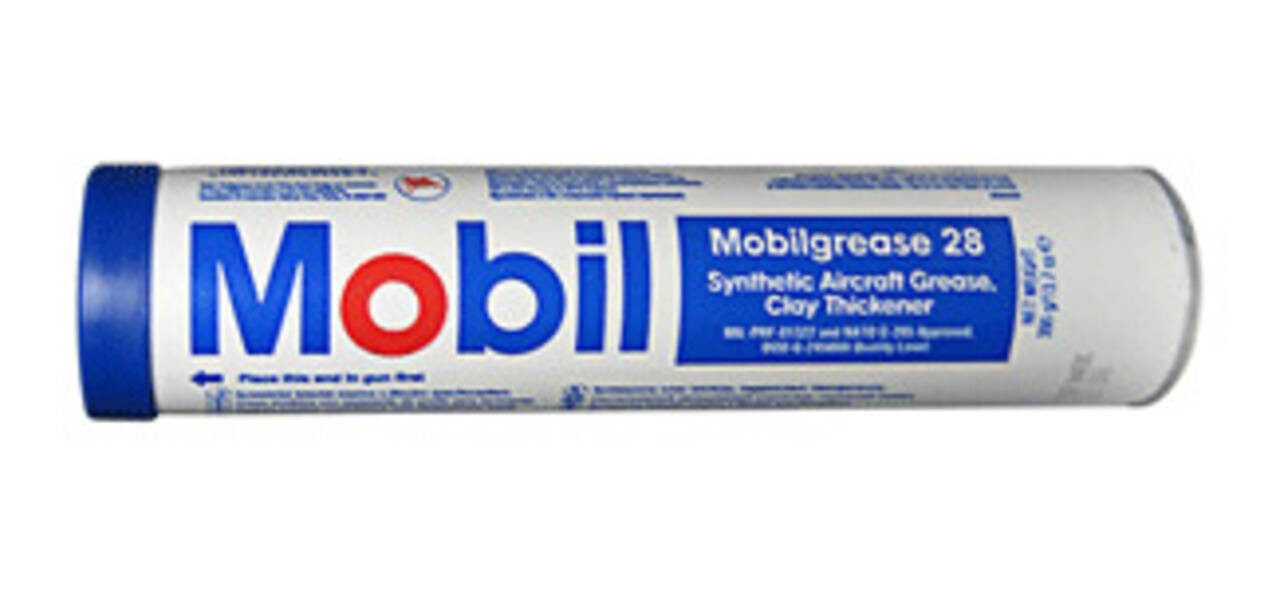Aviation Grease: The Slick Secret Behind Every Safe Flight
By on Apr 24th 2025

In aviation, grease doesn’t just reduce friction, it keeps everything flying right (even if it never takes off itself). Sure, fuels and engine oils get you up in the air (and pilot skills keep you there), but it’s the lubricants that help keep everything running smoothly, flight after flight.
Aviation greases are important for many parts, like rotor heads and landing gear. They help reduce friction and prevent wear. They also seal out dirt and allow smooth operation. This is crucial in the tough conditions found in the aviation industry.
What Is Aviation Grease?
Aviation grease is a solid or semi-solid lubricant formulated from base oil, thickener, and performance additives. These components are engineered to work together, delivering a specific balance of consistency, lubricity, oxidation resistance, corrosion protection, and thermal stability. The base oil can be either mineral or synthetic. Thickeners can be lithium complex, calcium soap, or non-soap like clay. Additives are chosen to improve load-carrying capacity, water resistance, or performance under extreme pressure.
What makes grease unique, especially in aviation, is its ability to stay in place. Oils flow easily, but greases stick to parts. They stay strong in tough conditions like heavy loads, vibrations, and extreme temperatures.
Where Is Grease Used in Aircraft?
-
-
- Landing gear assemblies
- Rotor head and tail components in helicopters
- Flight control actuators
- Anti-friction and plain bearings
- Wheel bearings and gearboxes
- Sliding and oscillating joints
-
These components often encounter high mechanical loads, exposure to contaminants, and rapid temperature fluctuations. The right grease not only ensures functional performance, but it also plays a direct role in reducing maintenance frequency and extending service intervals.
Choosing the Right Aviation Grease
-
-
- Wide operating temperature ranges
- Resistance to shearing, fretting, and water washout
- Compatibility with metals, elastomers, and sealants
- Long service life under high-load and high-speed conditions
-
To meet these demands, we offer a wide range of AeroShell and Mobil aviation greases—each rigorously tested to meet or exceed military and OEM specifications.

- AeroShell Grease 33 is a synthetic lithium complex grease. It is made to be a universal airframe lubricant. This grease replaces many older greases and lowers the chance of misapplication. It offers excellent corrosion protection and operates from -73°C to +121°C.
- AeroShell Grease 64 builds on the 33 formula by adding 5% molybdenum disulfide (MoS₂) for enhanced extreme pressure protection, making it ideal for heavily loaded sliding surfaces.
- AeroShell Grease 14 is designed for helicopters, with a calcium soap thickener and exceptional resistance to water-based corrosion and fretting in rotor systems.
- AeroShell Grease 6 (mineral oil + clay thickener) and Grease 5 (MICROGEL-thickened mineral oil) serve as dependable general-purpose and high-temp wheel bearing options, respectively.
- AeroShell Grease 22 and Grease 7 are synthetic-based and ideal for wide temperature swings, delivering performance in both extremely cold and high heat.
Each grease meets stringent aerospace specs like MIL-PRF-23827C, MIL-G-21164D, and MIL-PRF-24139B, making them trusted choices for both commercial and military aircraft.
Mobil Aviation Greases
In addition to AeroShell, we also carry a curated selection of Mobil aviation greases, engineered for critical lubrication in turbine and piston aircraft:
- Mobilgrease 28 is a synthetic clay-based grease used extensively in military and commercial aviation. With a temperature range of -54°C to +177°C, it excels in high-speed, high-temperature, and low-temperature environments. It's often specified for control systems, actuator screws, and other precision applications.
Mobil’s formulations are also qualified under military specifications like MIL-PRF-81322 and widely trusted across OEM platforms for airframes, accessories, and landing gear.
Sticking The Landing (with the right grease)
With our expanded offering of AeroShell and Mobil aviation greases, we provide comprehensive lubrication solutions for every system and service condition-- backed by the specs and approvals you need to maintain airworthiness with confidence.







